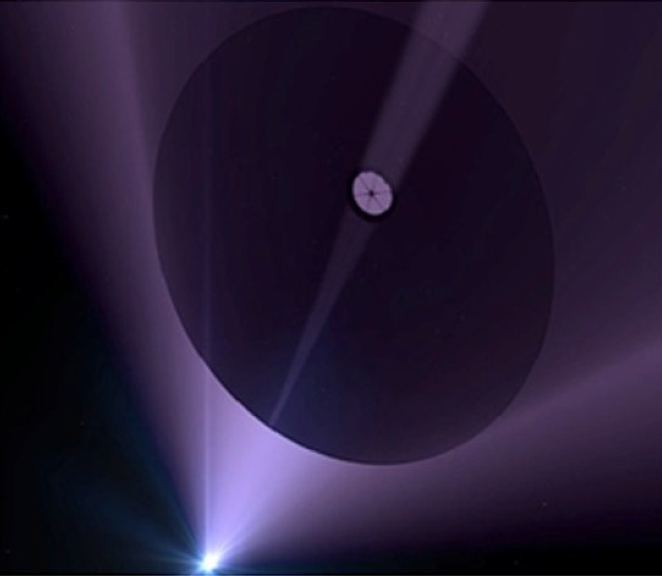Philip Lubin
University of California, Santa Barbara
Phase I Overview
We propose to expand our investigations started in our NIAC Phase I of using directed energy to allow the achievement of relativistic flight to pave the way to the first interstellar missions. All of the current conventional propulsion systems are incapable of reaching the high speeds necessary to enable interstellar flight. Directed energy offers a path forward that, while difficult, is feasible. It is not an easy path and it does have many milestones to cross in order to get to the point of achieving the speeds needed. Along the roadmap we propose are important and useful “waypoints” that both allow testing and feed back to the larger design but are also useful for many applications. The consequences of this program are truly transformative not only for achieving relativistic flight for small probes but also for larger spacecraft at lower speeds suitable for rapid interplanetary travel. The Phase II work will consist of refining our roadmap and building and testing a small phased array prototype to test many of the concepts developed in the Phase I. We will also further our work on the wafer scale spacecraft design including work on the critical integrated laser communications system. We will also explore and test the inverse mode of using the array for reception which is critical to receiving the laser communications from the spacecraft.
2016 Phase I and Phase II Selections
































